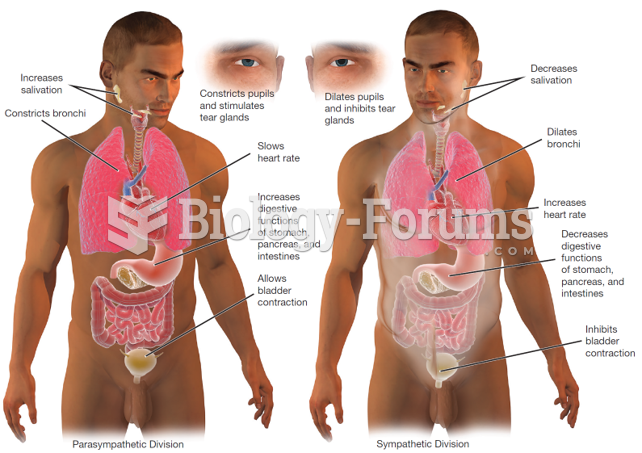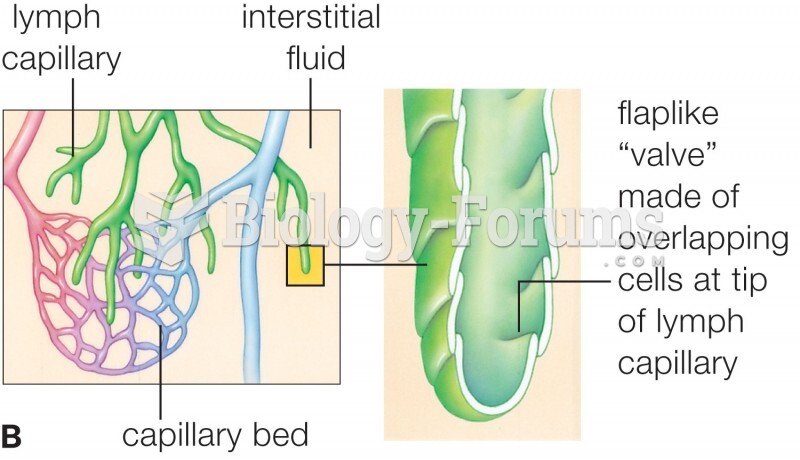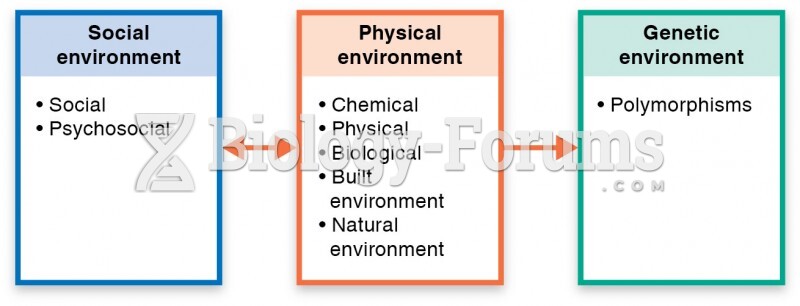|
|
|
Did you know?
Patients who have been on total parenteral nutrition for more than a few days may need to have foods gradually reintroduced to give the digestive tract time to start working again.
Did you know?
Human neurons are so small that they require a microscope in order to be seen. However, some neurons can be up to 3 feet long, such as those that extend from the spinal cord to the toes.
Did you know?
Everyone has one nostril that is larger than the other.
Did you know?
Women are 50% to 75% more likely than men to experience an adverse drug reaction.
Did you know?
The people with the highest levels of LDL are Mexican American males and non-Hispanic black females.







